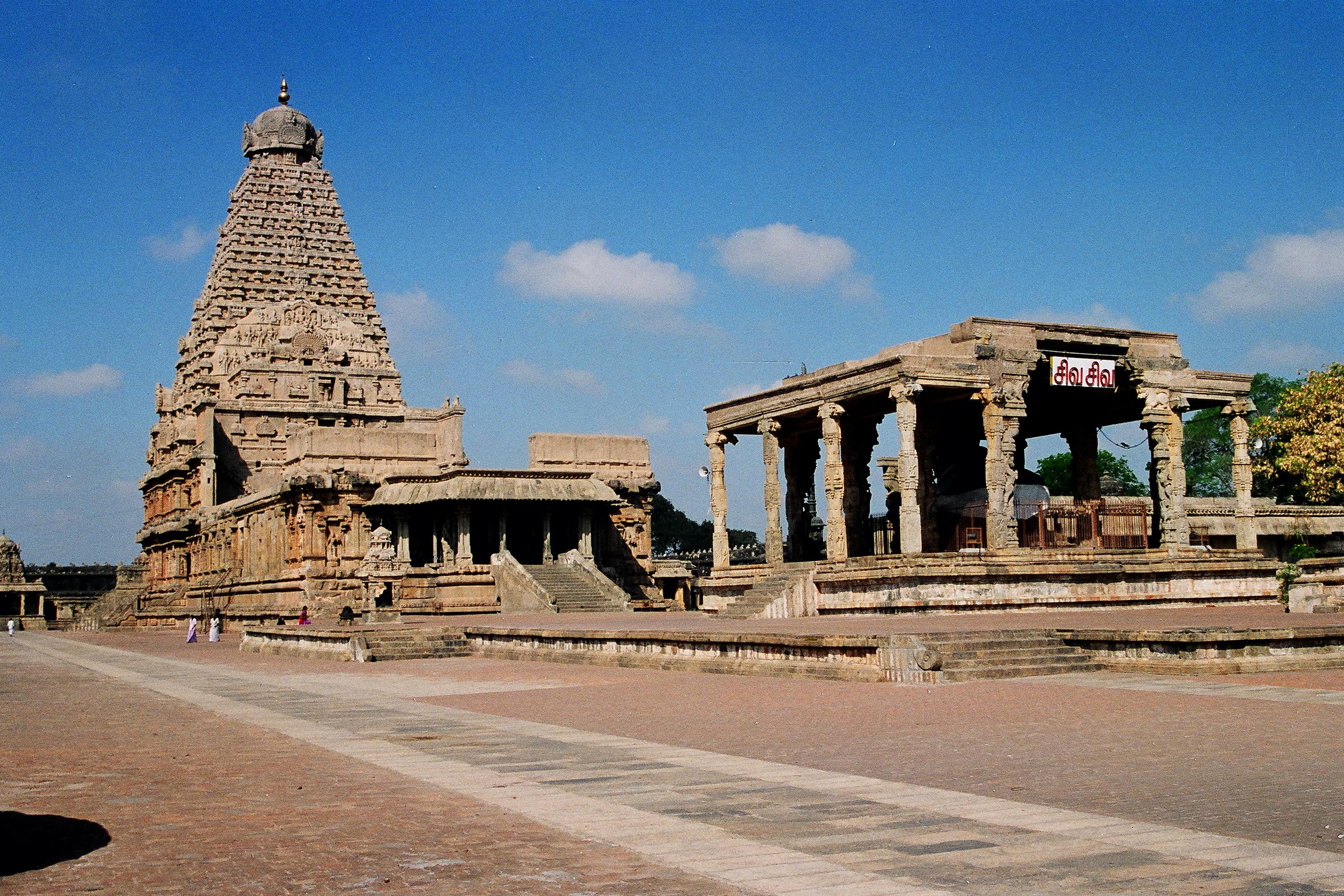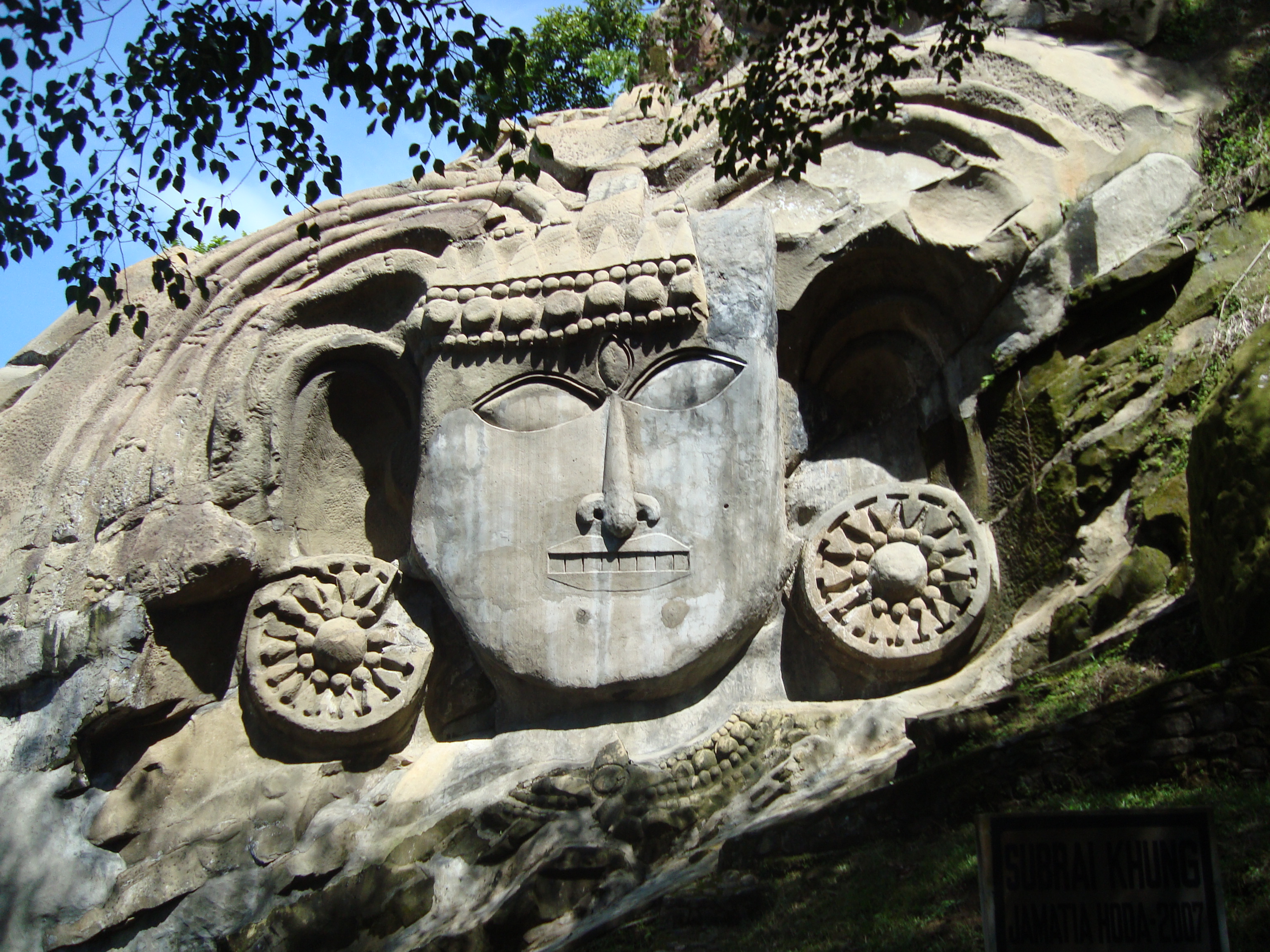History

Archaeological and historical pursuits in India started with the efforts of Sir William Jones, who put together a group of antiquarians to form the Asiatic Society on 15th January 1784 in Calcuta. The efforts put by Jones had a long backing, of enthusiasts and dilettantes like Tavernier, Finch and Bernier, Thevenot, Careri, Fryer, Ovington, Hamilton, Anquetil du Perron, Joseph Tieffenthaler, William Chamber, to name a few, who carried out survey of monuments in various parts of India, earlier.
This endeavour put forward by Jones culminated in the publication of a periodical journal named, Asiatick Researches started in 1788. The journal brought to light the researches, surveys carried out by the society to make the public aware of the antiquarian wealth of India .The continuing fieldwork soon brought to light many antiquities and other remains which were later housed in a museum in 1814. Later, similar societies were started at Bombay (Mumbai) in 1804 and at Madras (Chennai) in 1818.
The identification of Chandragupta Maurya with Sandrokottos of Greek historians by Jones enabled to fix a chronological horizon of Indian history. This was followed by the identification of Pataliputra (Palibothra of classical writings) at the confluence of the Ganga and Son. The decipherment of Gupta and Kutila script by Charles Wilkinson was a landmark in this aspect. Many individuals like H.T. Colebrooke, H.H. Wilson, Sir Charles Warre Malet, Lt. Manby, William Erskine, Collin Mackenzie contributed enormously in furthering the research and documentation.
The appointment of Francis Buchanan in 1800 by Marquis of Wellesley to survey Mysore was a positive step by the then government. In 1807 he was engaged to survey monuments and antiquities in parts of present day Bihar and Uttar Pradesh. The repair to the monuments were not thought of during this period and very sparsely certain monuments like Taj Mahal, Fatehpur Sikri and Sikandara were repaired. The Bengal Regulation XIX of 1810 was the first attempt to make the government to intervene in case of risks to monuments through legislation.
The fresh proposal put by Alexander Cunningham was given due attention by Lord Canning, who sanctioned a scheme of survey in northern India . It was defined as: – “an accurate description-illustrated by plans, measurements, drawings or photographs and by copies of inscriptions-of such remains as deserve notice, with the history of them so far as it may be traceable, and a record of the traditions that are retained regarding them”.
Cunningham was appointed as the first Archaeological Surveyor from December 1861. He surveyed areas stretching from Gaya in the east to the Indus in the northwest, and from Kalsi in the north to the Narmada in the south, between 1861 and 1865. For this, he largely followed the footsteps of the Chinese pilgrim Hieun Tsang. However, the endeavours came to a sudden halt due to the abolition of the Archaeological Survey in 1866 by Lord Lawrence. In the meanwhile however an act (XX) was passed in 1863, which vested powers with the government ‘to prevent injury to and preserve buildings remarkable for their antiquity or for their historical or architectural value’. Lord Lawrence based on the suggestions by the then Secretary of State, Sir Stafford Northcote, called on the local governments to list historical buildings and obtain photographs of them. This was later followed by instructions to prepare casts of important buildings to understand the different architectural styles of India . The work was entrusted to four independent parties in Bombay , Madras , Bengal and the Northwestern Provinces . Individuals like Sykes and Burgess in Bombay; Lt. H.H. Cole in Kashmir, Mathura and other places; Rajendralal Mitra in Orissa contributed a lot under this scheme.
The attention of the government for undertaking repairs and conservation, protecting the ancient monuments from falling into disuse was not drawn until Duke of Argyll, the new Secretary of State, advised the Government of India to establish a central department to tackle the archaeological problems of the whole country. He also stressed on the need for conservation of monuments stating that it was the bounden duty of the Government ‘to prevent its own servants from wantonly accelerating the decay’ of monuments.


The Archaeological Survey was revived as a distinct department of the government and Cunningham was appointed as Director General who assumed his charge in February 1871. The department was entrusted with the task of doing – ‘a complete search over the whole country, and a systematic record and description of all architectural and other remains that are either remarkable for their antiquity, or their beauty or their historical interest’. Cunningham was also entrusted – ‘to direct his attention to the preparation of a brief summary of the labours of former enquirers and of the results which had already been obtained and to the formulation of a general scheme of systematic enquiry for the guidance of a staff of assistance in present and future researches’. Cunningham was given two assistants J.D. Beglar and A.C. Carlleyle who were later joined by H.B.W. Garrik. Cunningham resumed surveys in Delhi and Agra in 1871; in 1872 he surveyed Rajputana, Bundelkhand, Mathura , Bodh Gaya and Gaur; in 1873, Panjab; between 1873 and 1877, Central Province , Bundelkhand and Malwa. To initiate the survey in a systematic way Alexander Cunningham chose to record the Buddhist finds and monuments by plotting them on a map so as to understand the ancient trade route.
The surveys of Cunningham led to several discoveries such as monolithic capitals and other remains of Asoka, specimens of architecture of Gupta and post-Gupta period; great stupa of Bharhut; identification of ancient cities namely: Sankisa, Sravasti and Kausambi. He also brought to prominence the Gupta temples at Tigawa, Bilsar, Bhitargaon, Kuthra, Deogarh and Gupta inscriptions at Eran, Udayagiri and other places. The founding of the journal Indian Antiquary in 1872 by James Burgess enabled publication of important inscriptions and their decipherment by scholars like Buhler and Fleet, Eggeling and Rice, Bhandarkar and Indraji. Cunningham also brought a new volume known as Corpus Inscriptionum Indicarum which was aimed at publishing inscriptions of connected epigraphical material in a compact and handy volume.
 Home
Home





